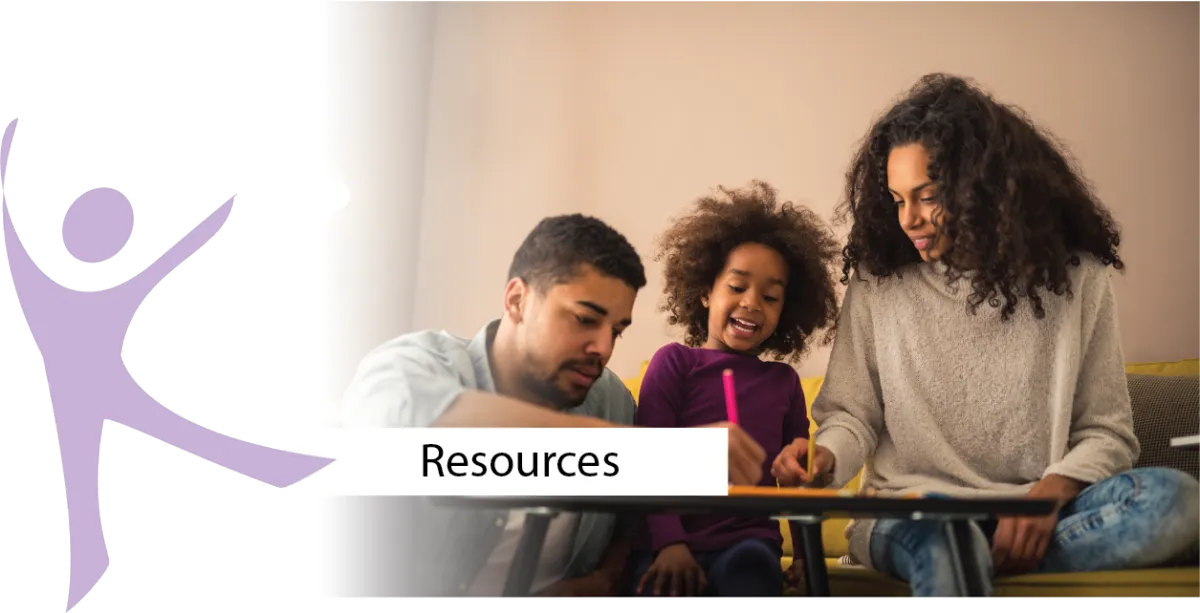

All Children's Behaviour is Communication
Kids often use their actions to tell us what they're feeling or what they need because they might not have the words yet. For example, when a child throws a tantrum in the supermarket, it could be their way of saying they're overwhelmed or tired. Similarly, if a child is unusually quiet and withdrawn, they might be feeling anxious or sad about something.
Recognising that all behaviour is a form of communication helps us respond more effectively. Instead of just seeing the tantrum as ‘bad behaviour’, we can see it as a clue to what the child is really feeling. Maybe they need a nap, a snack, or to move out of an overwhelming environment. By paying attention to these signals, we can better support our kids and help them feel understood and cared for.
How This Understanding Supports Kids
- Builds Trust: When kids feel their emotions are acknowledged, they learn to trust their caregivers.
- Improves Communication: Children become more comfortable expressing themselves, knowing they’ll be understood.
- Reduces Frustration: Addressing the underlying cause of behaviour reduces frustration for both kids and parents.
- Strengthens Relationships: Understanding behaviour fosters a deeper connection between kids and parents/caregivers.
- Promotes Emotional Health: Kids who feel understood are more likely to develop healthy emotional coping skills.
- Encourages Positive Behaviour: When kids know their needs will be met, they’re less likely to act out.
So being curious about your child’s behaviour and what they’re trying to communicate to you, helps kids develop their communication and emotional regulation skills

JumpStart's Lending Library
We've launched our very own library offering books & resources forParents/Carers and children connected with us. Books that promote children's strengths and abilities and celebrate diversity.
If there is a book you would like to borrow please email us. We will let you know when it is ready for pick up from Ochre Medical Centre Bathurst.
If you have recommendations for upcoming books to review, we'd love to hear from you!




